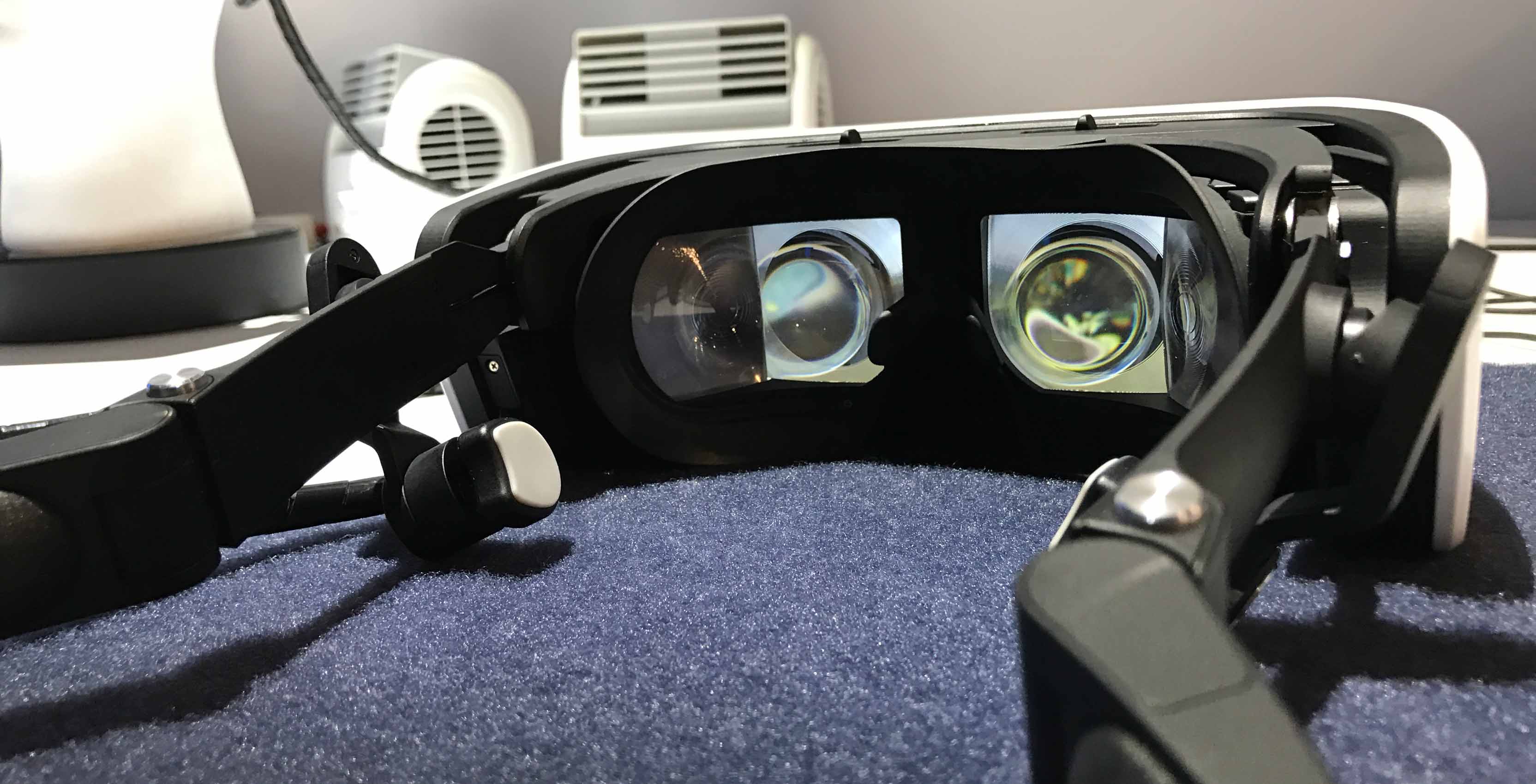
This was a big year for augmented and virtual reality at CES, with both of these technologies cropping up throughout the conference in a wide variety of different forms.
Here are some of the major trends I saw walking the floors in Vegas this year.
1. Mobile VR goggle makers add a splash of colour to compete
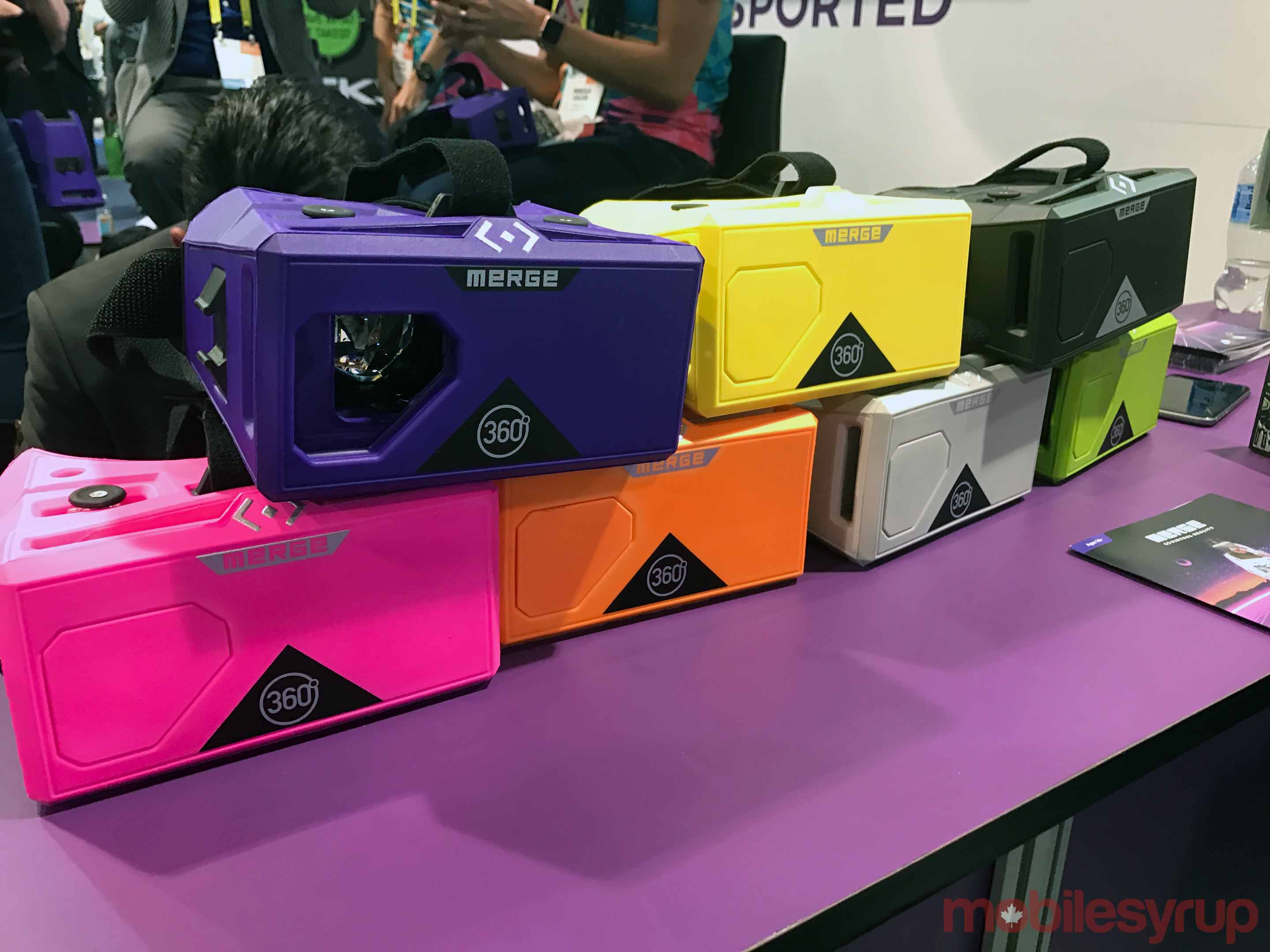
One of the first things I noticed in the VR marketplace was that it wasn’t just a sea of black and white — there was a significant amount of colour: blues, pinks, yellows and even golds and silvers. Mobile VR goggle makers are using colour this year to help compete in a very saturated market.
Merge VR, a company that manufactures a headset that’s made from antimicrobrial foam, is not new to color. Its first product was purple and now the company is showing off eight more colours, including Supernova Pink and Alien Green. Homido, best known for its pocket-sized Mini Cardboard, debuted its Grab product line, which is showed off in various styles, including gold.
2. VR content creators get high res and live streaming 360-degree camera options
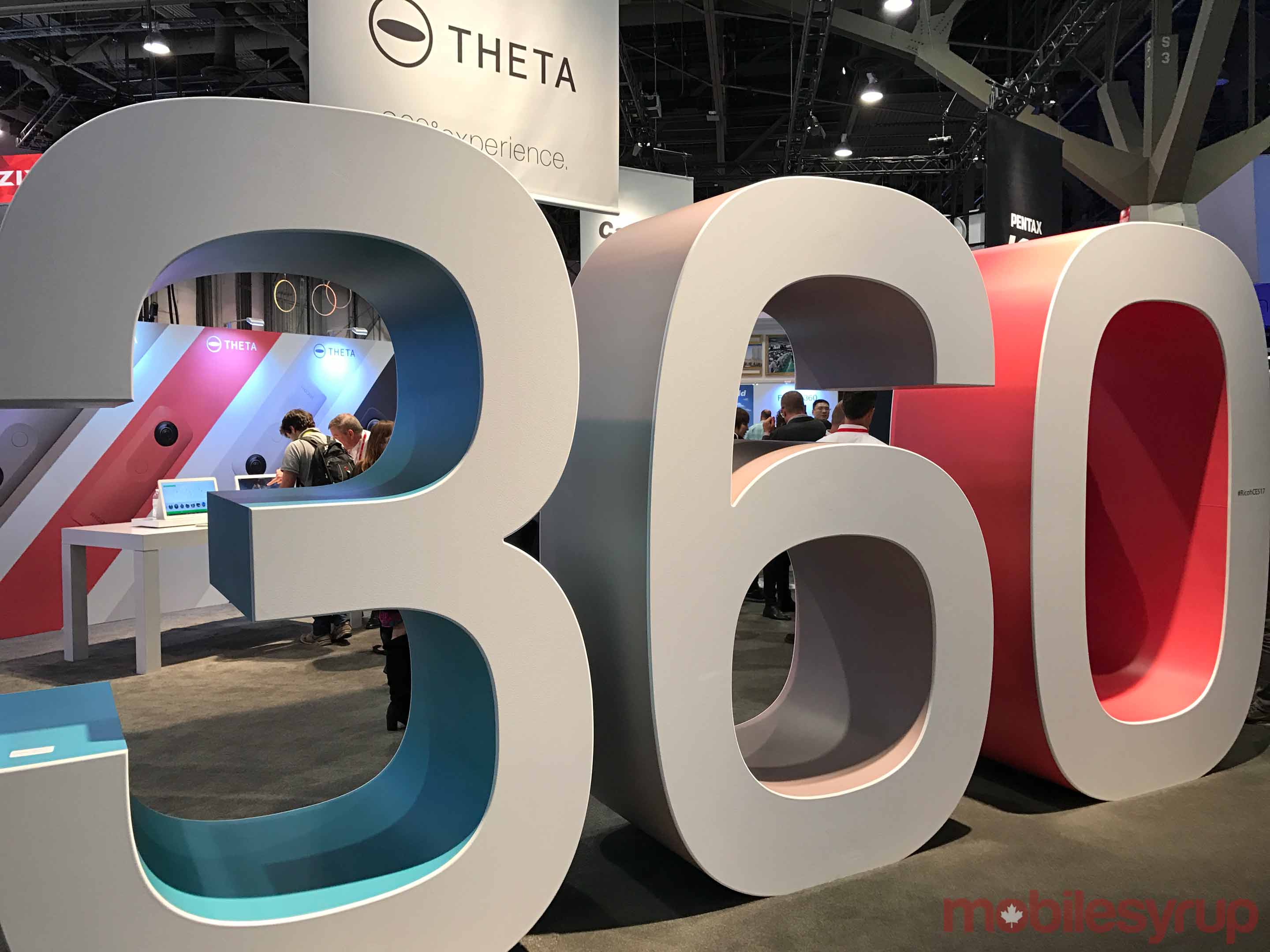
This was another big show for 360-degree cameras, which is good news for virtual reality content creators. This year we saw camera companies increase the resolution of their devices and add livestreaming capabilities.
On the high end, we saw Hong Kong-based Hubblo announce its 360-degree camera that can livestream in 4K, while China’s Insta360 announced its 8K professional virtual reality camera. Ricoh also used the show to debut its development kit, the Ricoh R, which can live stream in 360-degrees with 2K resolution for up to 24 hours.
3. Inside-out tracking and cutting the VR cord is coming fast
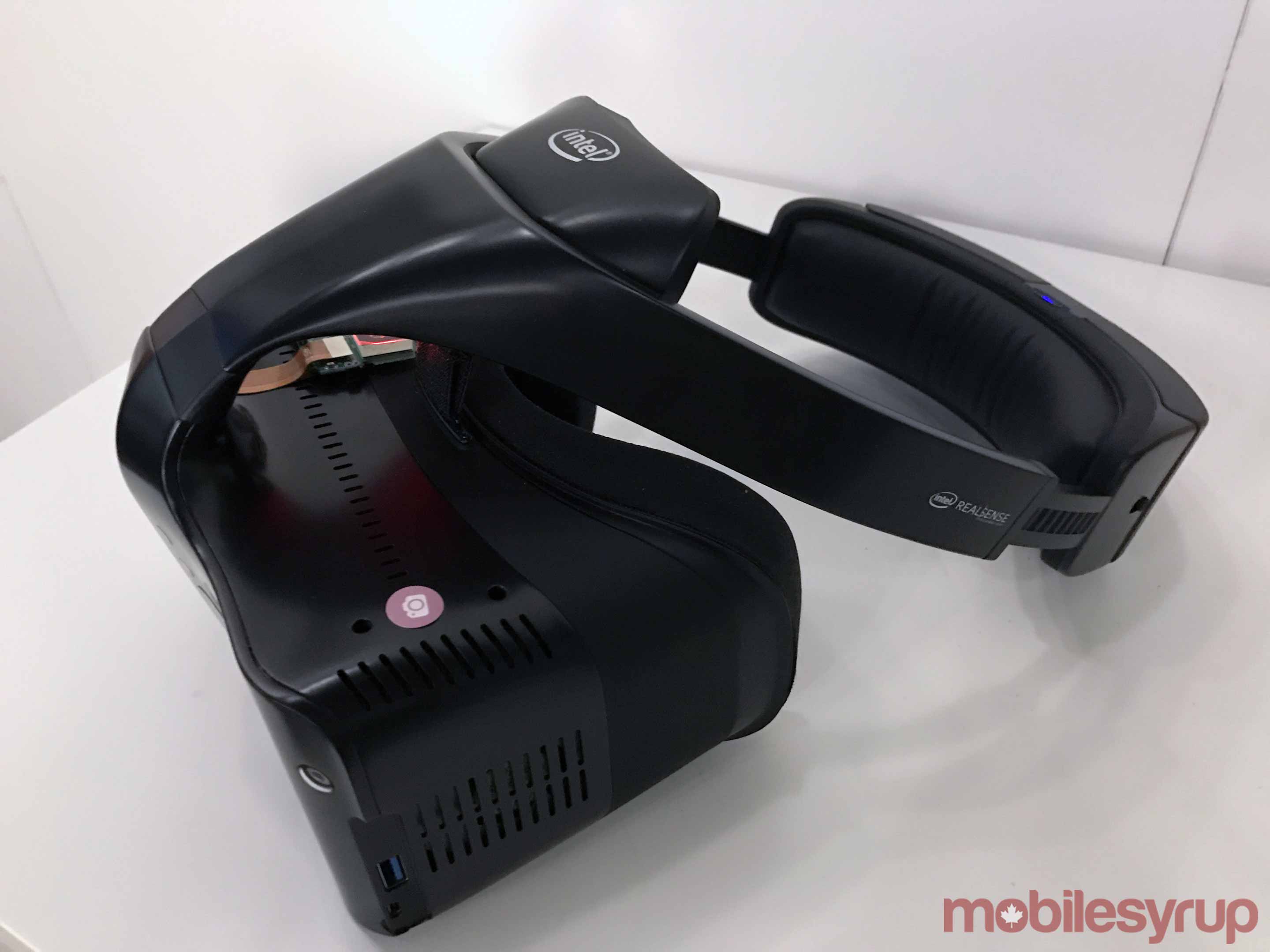
Let’s face it. VR is fun but until the cord is cut and we make the tracking setup a lot simpler, it’s limited. One of the strongest VR trends at CES 2017 was solving for these two challenges. KwikVR, Immersive Robotics and TPCast, were all at the show demoing ways to untether the HTC Vive.
Lenovo and Intel showed off devices with inside-out tracking that would remove the need for outside sensors.
4. With HMDs in market VR accessories become its own market
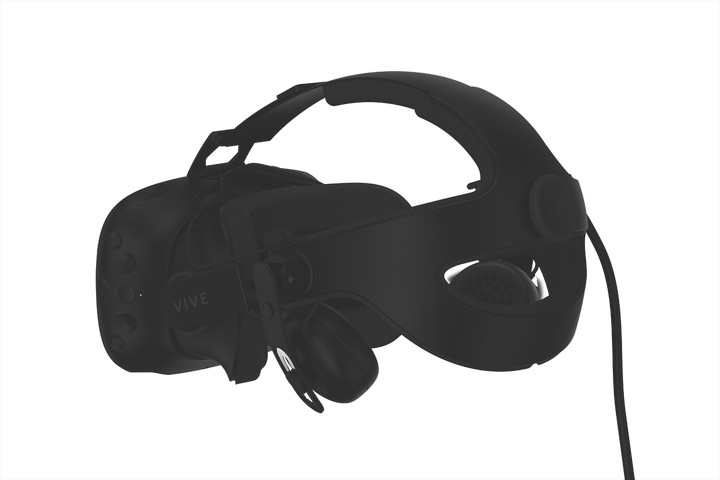
Now that there are users of virtual reality, much of the focus is on making the experience even more immersive. One of these ways is to put our bodies in the mix. This is where the accessories market comes in to play.
HTC made a huge announcement this year by introducing the Vive Tracker, which will enables developers to more easily turn ordinary items into objects that can be tracked in VR using the Lighthouse system. Cerevo was in the Sands Expo demonstrating its set of gloves and shoes called Taclim which not only put the users feet and hands in a VR experience to let them move and grab objects, but also featured haptic feedback to make the experience feel more real.
5. CES 2017 began to merge these realities

Augmented reality, virtual reality and mixed reality may all be realities serviced by separate devices right now, but CES 2017 showed us that these realities are starting to collide.
The Asus ZenFone AR debuted as the first phone to feature both Google’s AR platform Tango and Google’s VR platform Daydream, making it AR and VR ready. Intel brought a dose of reality inside VR with its merged reality device named Project Alloy, which got a Q4 2017 ship date with unnamed partners.
6. Audio is essential in bringing an immersive VR experience to life
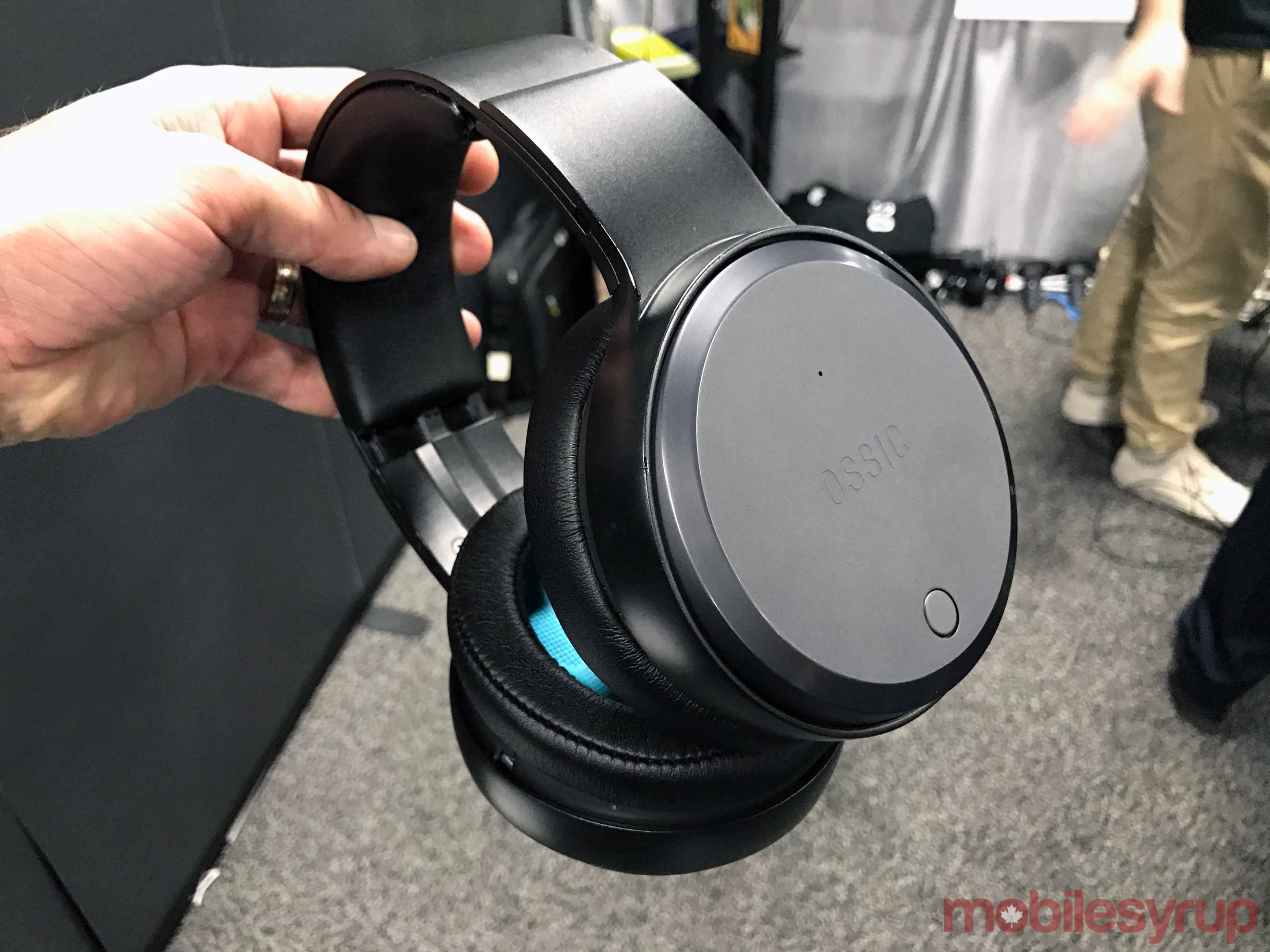
Better audio experiences in VR was a big focus at CES 2017. HTC showed off its replacement strap for the Vive which adds headphones to the headset. The Deluxe Audio Strap has adjustable headphones which deliver 360-degree audio.
Ossic was in Eureka Park with a very compelling 3D audio listening experience. Other startups such as VisiSonics and 3D Sound Labs, were also at the show featuring solutions to make the audio experience match the visual.
7. Smart glasses are getting closer to becoming a reality
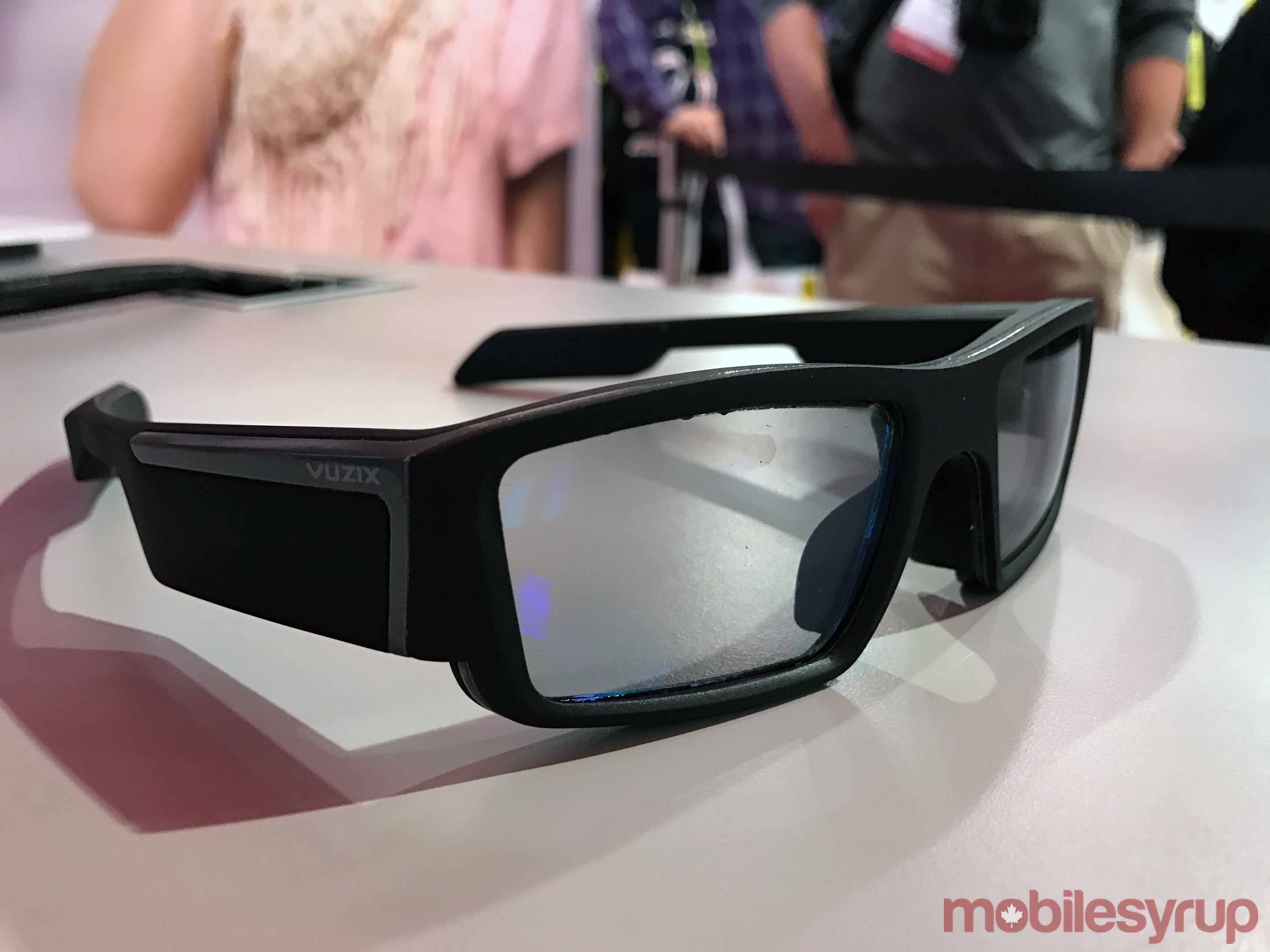
One of the biggest booths in the AR/VR area in the main convention center at CES 2017 was AR leader Osterhout Design Group (ODG). The company utilized CES to debut two new smart glasses, the R-8 consumer version and R-9 enterprise pair, with both expected to be released later this year.
Vuzix also had a much larger booth this year as they featured their consumer AR monocular sunglasses the Blade 3000, which are also set to be available later this year. Enterprise-focused AR company Daqri, maker of the Daqri smart helmet, debuted a new pair of smart glasses also aimed at disrupting the workplace.
8. AR delivers the future of toys
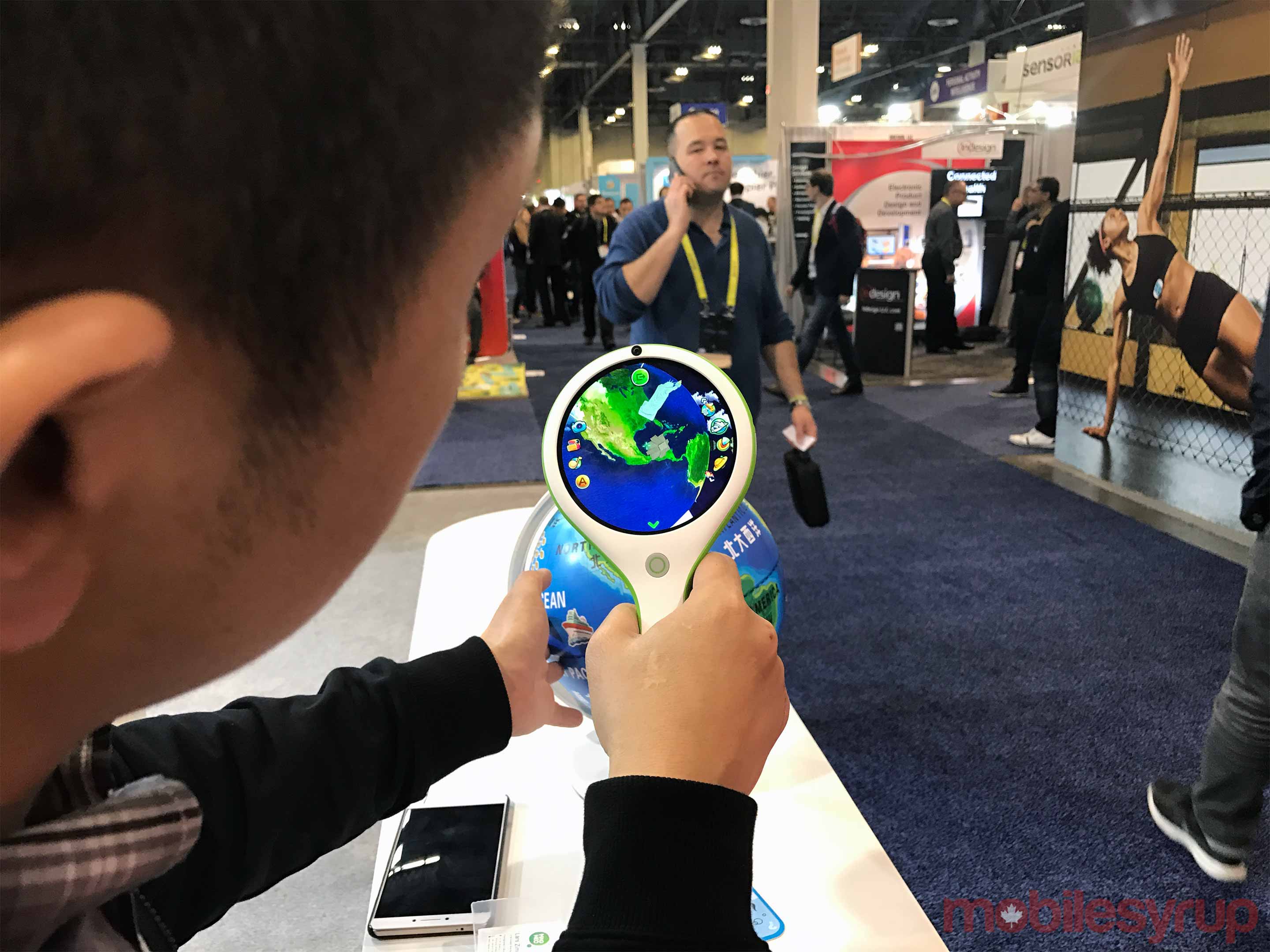
Augmented reality enabled toys that come to life with the power of your smartphone were another strong trend at CES. Merge VR was demoing its Holo Cube which is a marker-based AR cube that transforms into 3D objects when viewed through a smartphone placed inside the Merge VR headset.
China’s NeoBear was in the Sands Expo showing off its magic AR mirror for kids which when placed above its AR globe or decks of cards would render digital experiences for kids to learn. And battle robots MekaMon which uses AR in single player mode to let players fight virtual opponents with missiles and lasers.
9. Projection solutions show us we don’t need to wear glasses to view our AR future
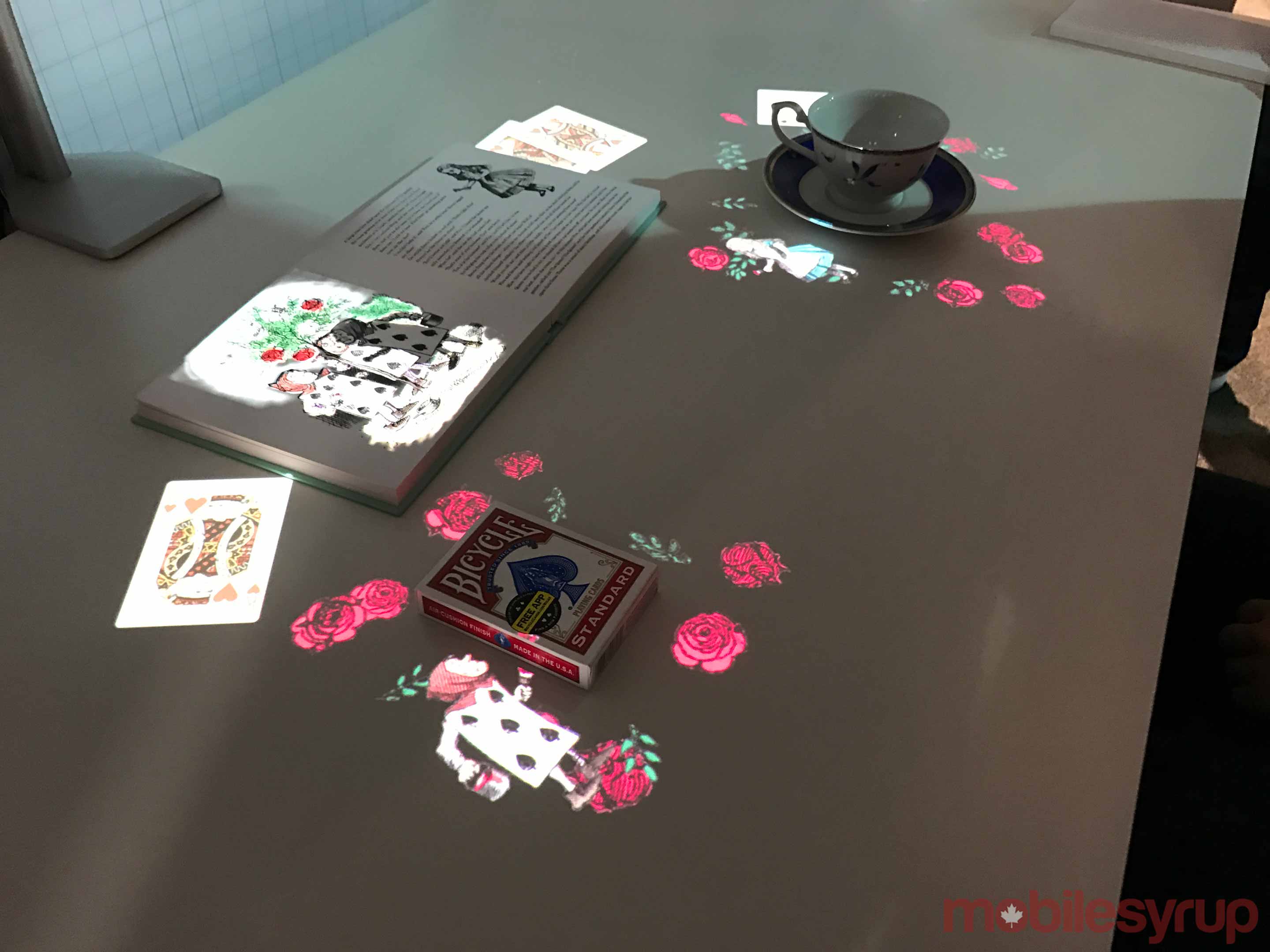
This was a good year for projection-based AR at CES. Startup HoloLamp caused quite a stir at the show with its demo of a portable, projector-based and glasses free augmented reality system small enough to fit on your desk that can display 3D objects on a table top.
Sony’s Future Lab Program was also showcasing its projection solution, Concept-T, which combines an image recognition, depth-sensing system, and small projector module, in the all-in-one design. One of the most interesting things about Concept-T was its ability to incorporate everyday objects into a program where a block can become a building in an architecture scenario, or a teacup a central part to a storybook scene.
10. Augmenting the car experience with HUD, projection and camera-based solutions
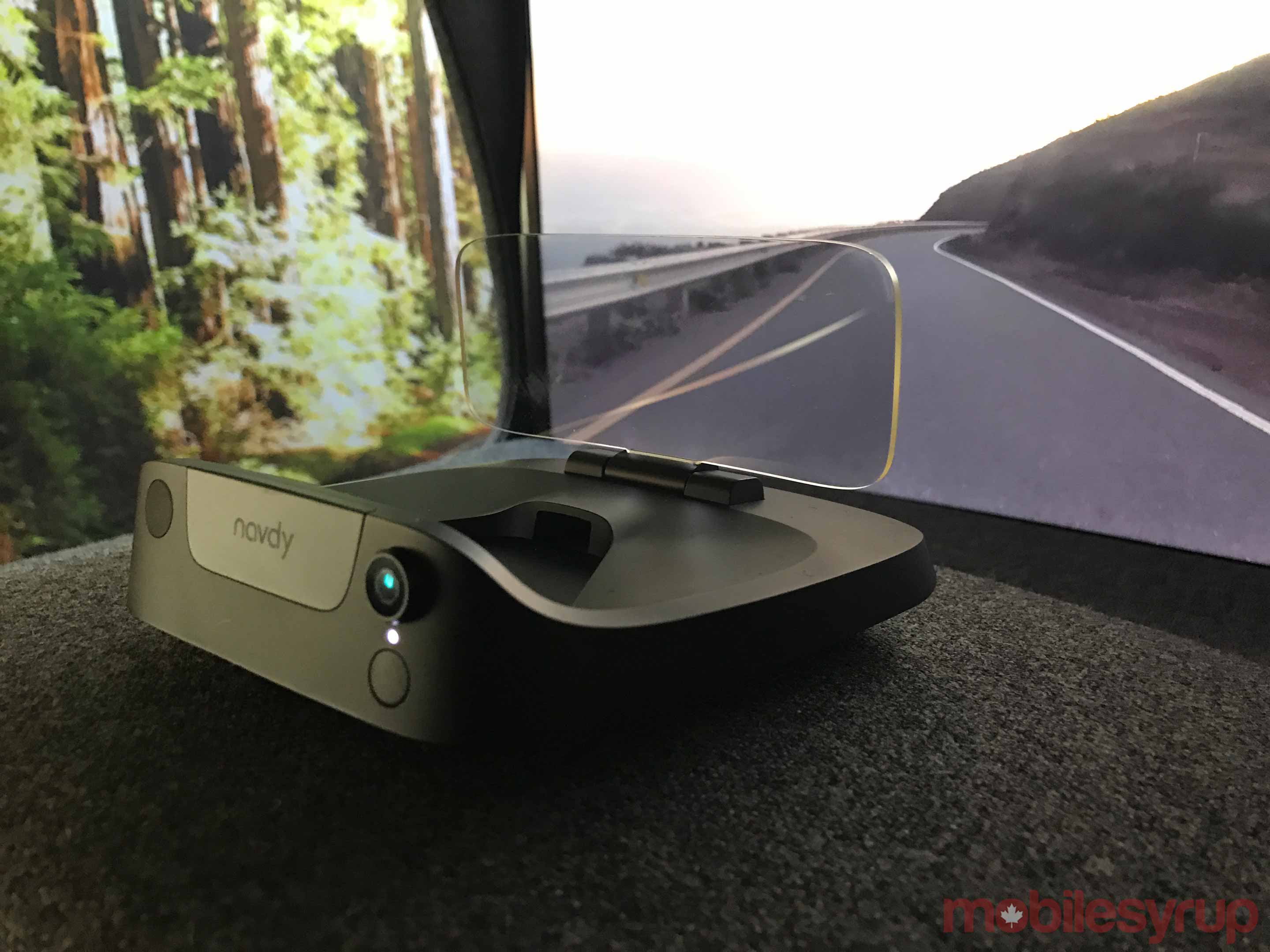
The use of augmented reality to enhance the driving experience was very evident this year as the car continues to be a centre for innovation. Navdy and Hudway were both at the show demonstrating how their car accessories can add a HUD (heads-up display) to any vehicle powered by your smartphone. While Continental and its partner DigiLens were presenting an ultrathin AR HUD leveraging holographic projection technology.
Harman showed off its Life-Enhancing Intelligent Vehicle Solution (LIVS), which featured state-of-the-art camera-based advanced driver assistance that monitors, records and assesses the surroundings of the entire vehicle. A similar concept was shown at the Mobvoi booth with Ticmirror that leveraged computer vision for early warning for front car collisions and lane deviation reminders among other features.
MobileSyrup may earn a commission from purchases made via our links, which helps fund the journalism we provide free on our website. These links do not influence our editorial content. Support us here.


